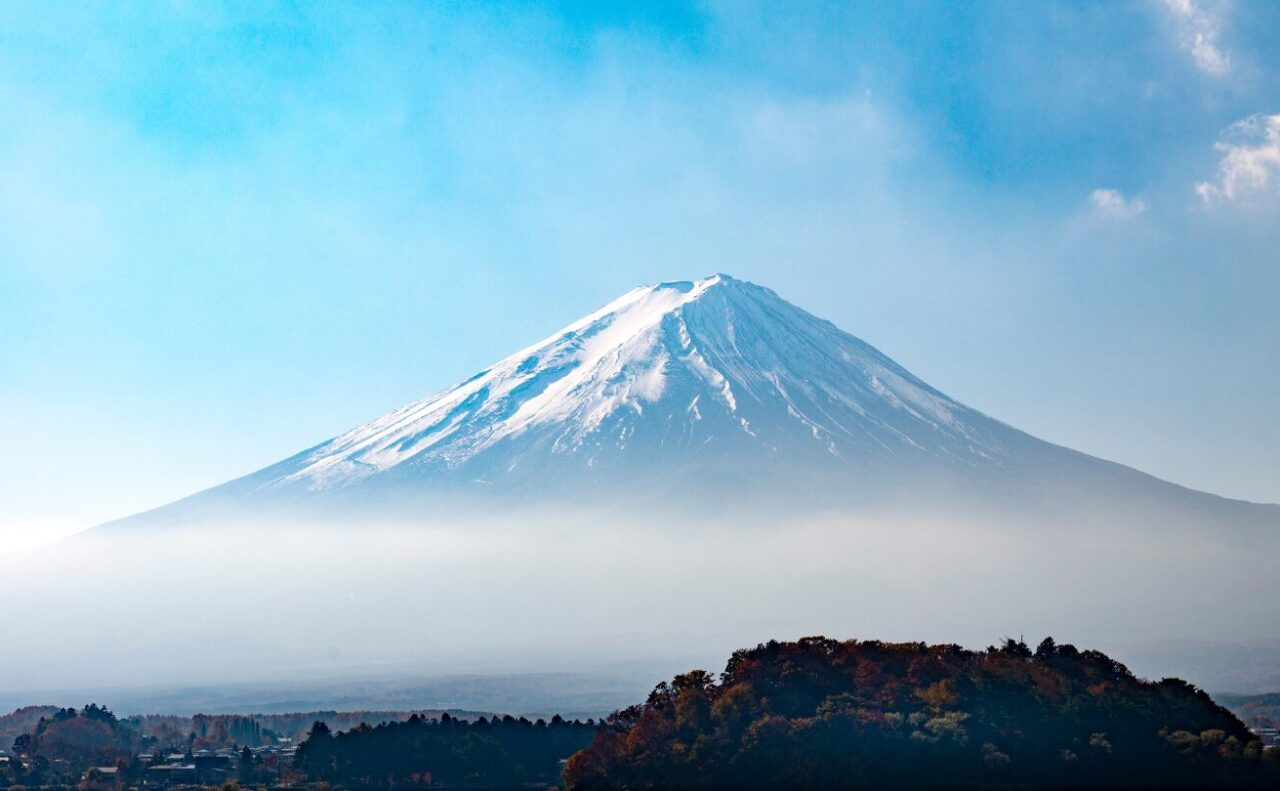Mount Fuji Guide for Foreign Visitors
Mount Fuji, Japan’s highest peak and an iconic symbol of the country, offers breathtaking scenery, cultural significance, and numerous activities. Here is a comprehensive guide for foreign visitors planning to explore Mount Fuji.
Overview of Mount Fuji
Location
Straddling the border between Yamanashi and Shizuoka prefectures, about 100 kilometers southwest of Tokyo.
• Height: 3,776 meters (12,389 feet).
Significance
A UNESCO World Heritage Site, revered in Japanese culture and a popular destination for both tourists and pilgrims.
Climbing Mount Fuji
Climbing Season
The official climbing season is from early July to early September when the mountain is free of snow and the weather conditions are relatively mild.
Trails
There are four main trails to the summit, each with its own characteristics
Yoshida Trail
The most popular route, starting from the Fuji Subaru Line 5th Station.
Subashiri Trail
Offers beautiful forest views and starts from the Subashiri 5th Station.
Gotemba Trail
The longest and least crowded route, starting from the Gotemba 5th Station.
Fujinomiya Trail
The shortest and steepest route, starting from the Fujinomiya 5th Station.

Climbing Tips
Preparation
Proper gear is essential, including sturdy hiking boots, warm clothing, rain gear, and headlamps.
Altitude Sickness
Ascend slowly to acclimate to the altitude and stay hydrated.
Mountain Huts
Reservations are recommended for overnight stays in mountain huts along the trails.
Safety
Follow the trails, check weather forecasts, and inform someone of your climbing plans.
Sightseeing Around Mount Fuji
Fuji Five Lakes (Fujigoko)
Located at the northern base of Mount Fuji, these lakes offer stunning views and various activities.
Lake Kawaguchi
The most accessible and popular lake, with hot springs, museums, and boat rides.
Lake Yamanaka
The largest of the five lakes, ideal for water sports.
Lake Saiko Known for its camping sites and Aokigahara Forest.
Lake Shoji
The smallest and least developed, offering serene views.
Lake Motosu
Famous for the view depicted on the 1,000 yen bill.
Fujisan Hongu Sengen Taisha Shrine
Located in Fujinomiya, this shrine is dedicated to Mount Fuji and serves as the starting point for the traditional pilgrimage route.
Oshino Hakkai
A picturesque village with eight ponds fed by spring water from Mount Fuji, known for its clear water and traditional thatched-roof houses.
Chureito Pagoda
Located in Arakurayama Sengen Park, this five-story pagoda offers a quintessential view of Mount Fuji, especially during cherry blossom season.
Recommended Activities
Hot Springs (Onsen)
Enjoy a relaxing soak with views of Mount Fuji. Popular onsen include
Fuji Yurari Hot Spring
Located near Lake Kawaguchi with various baths offering views of the mountain.
Benifuji no Yu
Situated near Lake Yamanaka, known for its open-air baths.
Fujisan World Heritage Center
Learn about the cultural and natural significance of Mount Fuji through exhibits and interactive displays.
Cycling and Hiking
Explore the area around Mount Fuji on foot or by bike. Popular routes include the trails around the Fuji Five Lakes and the ascent of smaller surrounding peaks.
Access to Mount Fuji
• From Tokyo:
• Train: Take the JR Chuo Line from Shinjuku to Otsuki, then transfer to the Fujikyu Railway to Kawaguchiko Station.
• Bus: Direct buses from Shinjuku, Tokyo, and Yokohama to Kawaguchiko Station and the 5th Stations on various trails.
From Kyoto/Osaka
• Train: Take the Tokaido Shinkansen to Mishima Station, then transfer to a bus bound for Kawaguchiko or the 5th Station.
Practical Information
• Language: Basic English is often understood at tourist sites, but learning a few Japanese phrases can be helpful.
• Currency: Japanese yen (¥). Credit cards are widely accepted, but it’s advisable to carry some cash, especially in rural areas.
• Weather: Check the weather forecast before your trip. Mount Fuji’s weather can change rapidly, so be prepared for varying conditions.
Mount Fuji offers a unique blend of natural beauty, cultural heritage, and outdoor adventure. Whether you’re climbing to the summit or exploring the surrounding areas, this iconic mountain promises an unforgettable experience.












